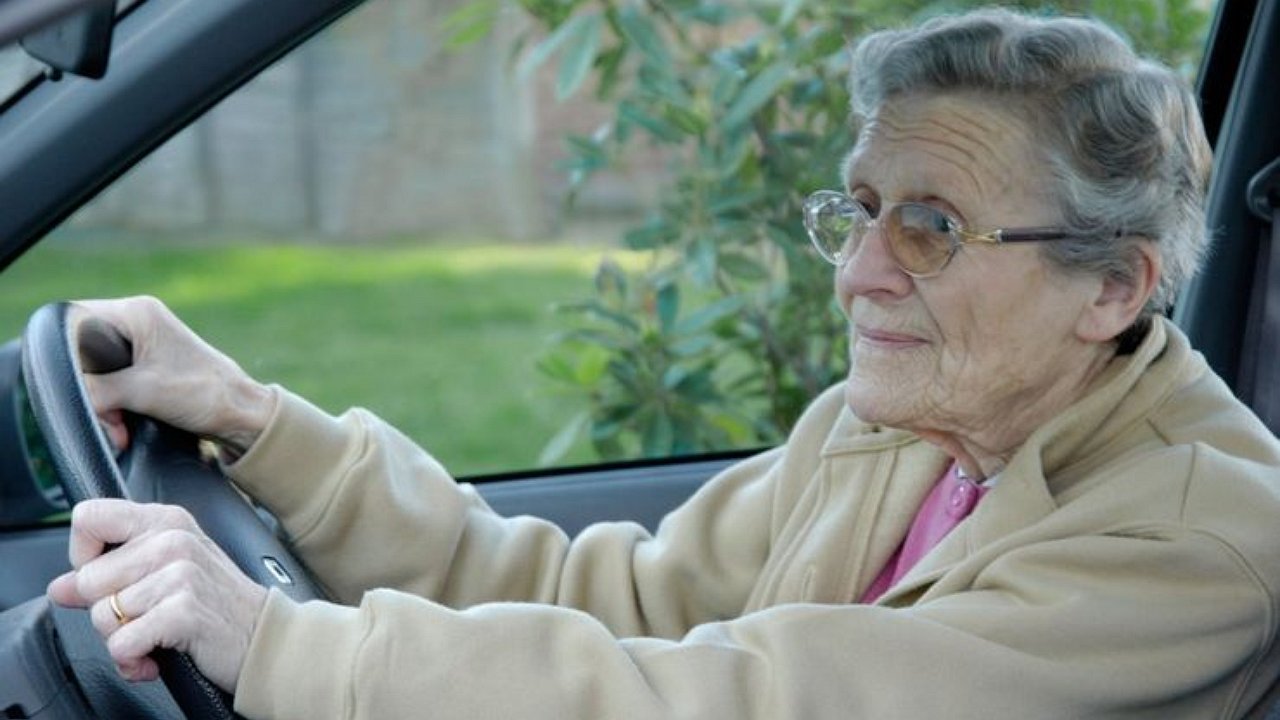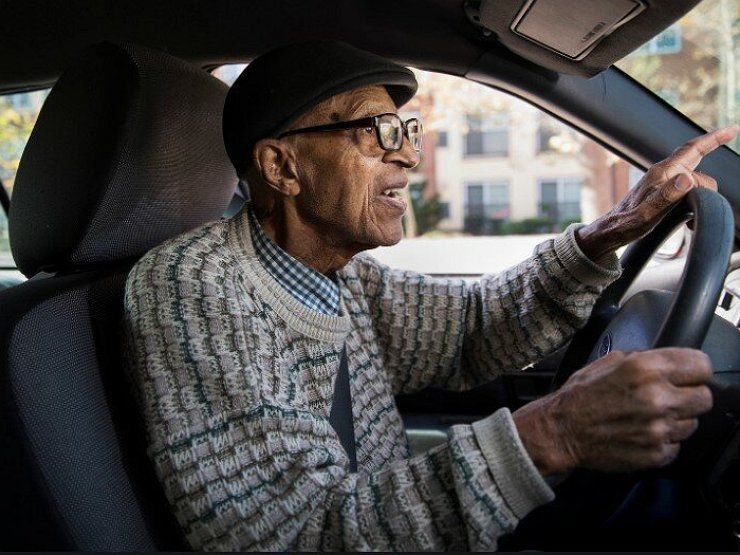Everyone knows the “love” and the inexhaustible interest of traffic police officers in potentially “fine” categories of drivers such as foreigners, car sharing pilots, taxi drivers, owners of “nice numbers” and the like. And how do traffic inspectors deal with older drivers?
There is no single answer, as, for example, in the case of drunk driving, to this question. But there are some aspects that can be clearly identified in this regard. After stopping an elderly driver to check the documents, the inspector usually asks him to present the OSAGO policy. The fact is that the price of compulsory car insurance is now “biting” more and more, and pensions are growing at a not particularly impressive rate. In the eyes of a police officer, a pensioner is therefore a potential ‘easy rider’ without a policy, for which an appropriate protocol can be drawn up. Such an extra ‘piece of paper’ can never hurt any claims from the government about the effectiveness of a traffic police officer’s ‘work to prevent traffic violations’.
In addition, many old people, still in the Soviet habit, are sharply shy and completely lose their critical thinking when meeting a representative of power. Especially when he’s in uniform and with guns. A retiree who is in a similar stupor is an excellent “customer”. In the sense that he can be easily convinced of almost anything. Including the fact that he is guilty of a non-existent violation of the traffic rules. For example, he failed to turn on the ‘turn signal’ when he drove to the side of the road to a soldier waving a striped baton. Or boldly crossed the unbroken marker line. Although, in fact, such actions of the driver on the orders of the traffic cop are not punishable at all.
In other words, an older driver for a not particularly scrupulous traffic cop is quite a suitable “raw material” in the eyes of father commanders to increase personal KPIs. But on the other hand, the “old man” sometimes becomes a problem. Especially when a retired driver, having violated a certain point of the traffic rules and caught by a traffic police patrol, begins to “press pity”, telling in detail how difficult it is for the elderly in general and for him personally. Or vice versa, he begins to worry, dislikes the “arbitrariness of the traffic police”, grabs his heart, asks to call a doctor … Well, who wants to deal with to handle such a “contingent” ?!
At the same time, many drivers of retirement age drive calmly, do not break the rules, their documents are in order. And therefore they are absolutely not interesting from the point of view of imposing any responsibility in a legal way. So it turns out that an elderly driver is not a particularly desirable “game” for a traffic inspector. This is how they treat him: not very “profitable”, and even a potentially problematic subject.
There is no single answer, as, for example, in the case of drunk driving, to this question. But there are some aspects that can be clearly identified in this regard. After stopping an elderly driver to check the documents, the inspector usually asks him to present the OSAGO policy. The fact is that the price of compulsory car insurance is now “biting” more and more, and pensions are growing at a not particularly impressive rate. In the eyes of a police officer, a pensioner is therefore a potential ‘easy rider’ without a policy, for which an appropriate protocol can be drawn up. Such an extra ‘piece of paper’ can never hurt any claims from the government about the effectiveness of a traffic police officer’s ‘work to prevent traffic violations’.
In addition, many old people, still in the Soviet habit, are sharply shy and completely lose their critical thinking when meeting a representative of power. Especially when he’s in uniform and with guns. A retiree who is in a similar stupor is an excellent “customer”. In the sense that he can be easily convinced of almost anything. Including the fact that he is guilty of a non-existent violation of the traffic rules. For example, he failed to turn on the ‘turn signal’ when he drove to the side of the road to a soldier waving a striped baton. Or boldly crossed the unbroken marker line. Although, in fact, such actions of the driver on the orders of the traffic cop are not punishable at all.
In other words, an older driver for a not particularly scrupulous traffic cop is quite a suitable “raw material” in the eyes of father commanders to increase personal KPIs. But on the other hand, the “old man” sometimes becomes a problem. Especially when a retired driver, having violated a certain point of the traffic rules and caught by a traffic police patrol, begins to “press pity”, telling in detail how difficult it is for the elderly in general and for him personally. Or vice versa, he begins to worry, dislikes the “arbitrariness of the traffic police”, grabs his heart, asks to call a doctor … Well, who wants to deal with to handle such a “contingent” ?!
At the same time, many drivers of retirement age drive calmly, do not break the rules, their documents are in order. And therefore they are absolutely not interesting from the point of view of imposing any responsibility in a legal way. So it turns out that an elderly driver is not a particularly desirable “game” for a traffic inspector. This is how they treat him: not very “profitable”, and even a potentially problematic subject.
Source: Avto Vzglyad
Donald Salinas is an experienced automobile journalist and writer for Div Bracket. He brings his readers the latest news and developments from the world of automobiles, offering a unique and knowledgeable perspective on the latest trends and innovations in the automotive industry.














